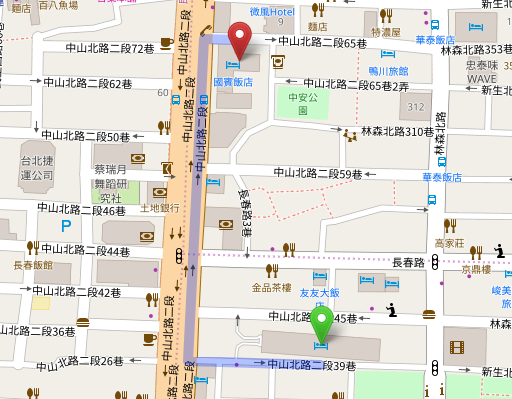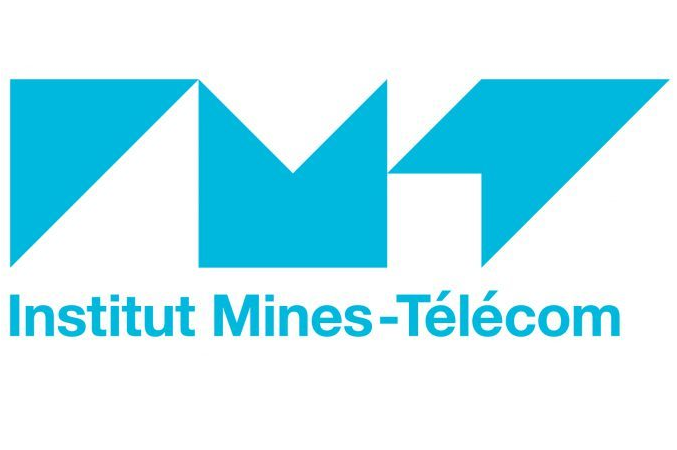Program
| Thursday September 28, 2017 | |
| 20:00 – 22:00 | Welcome dinner at the Ambassador Hotel (more details below) |
| Friday September 29, 2017 | |
| 08:15 – 08:50 | Registration |
| 08:50 – 09:00 | Opening |
| 09:00 – 10:00 | Invited Talk 1
Chair: Jean-Luc Danger
|
| 10:00 – 10:30 | Coffee break |
| 10:30 – 12:00 | First session: Formal security analysis
Chair: Amir Moradi
|
| 12:00 – 13:15 | Lunch |
| 13:15 – 14:15 | Invited Talk 2 Chair: Ulrich Kühne |
| 14:15 – 15:15 | Second session: Secure-by construction hardware design
Chair: Ulrich Kühne
|
| 15:15 – 15:20 | Closing |
Welcome dinner
The welcome dinner takes place at the Ming Garden Restaurant at the Ambassador Hotel. The hotel is in 5 minutes walk distance of the Regent Taipei hotel, which is the venue of CHES and PROOFS:
Invited Talk 1
Oscar ReparazEvaluating Masking Schemes
Abstract: Masking is a popular countermeasure to thwart side-channel attacks on embedded systems. Contrary to other heuristic, ad-hoc approaches, masking carries a proof of security. However, masking is notoriously difficult to implement properly, and some proposed masking schemes, even carrying "security proofs", are eventually broken because they are flawed by design. In this talk we will revisit the security validation process of masking schemes with emphasis on tools to detect flawed schemes and flawed implementations.
Invited Talk 2
Johann HeyszlHigh-Precision Hardware Attacks - Crypto under High-Precision Laser Fire and EM SCA Eavesdropping
Abstract: Hardware attacks such as side-channel analyses and fault attacks are a major threat to cryptographic implementations. Equipment of vastly different quality is used by attackers and researchers. At Fraunhofer AISEC in Munich, we focus on very high-precision laser fault injections and EM side-channel measurements. This talk introduces, highlights, and discusses the implications of such high-precision attacks on cryptographic implementations. It will feature recent results from laser-based fault injections as well as side-channel analyses and show how they brake cryptographic implementations. It will conclude by looking at implications and necessary countermeasures from such attacks.




